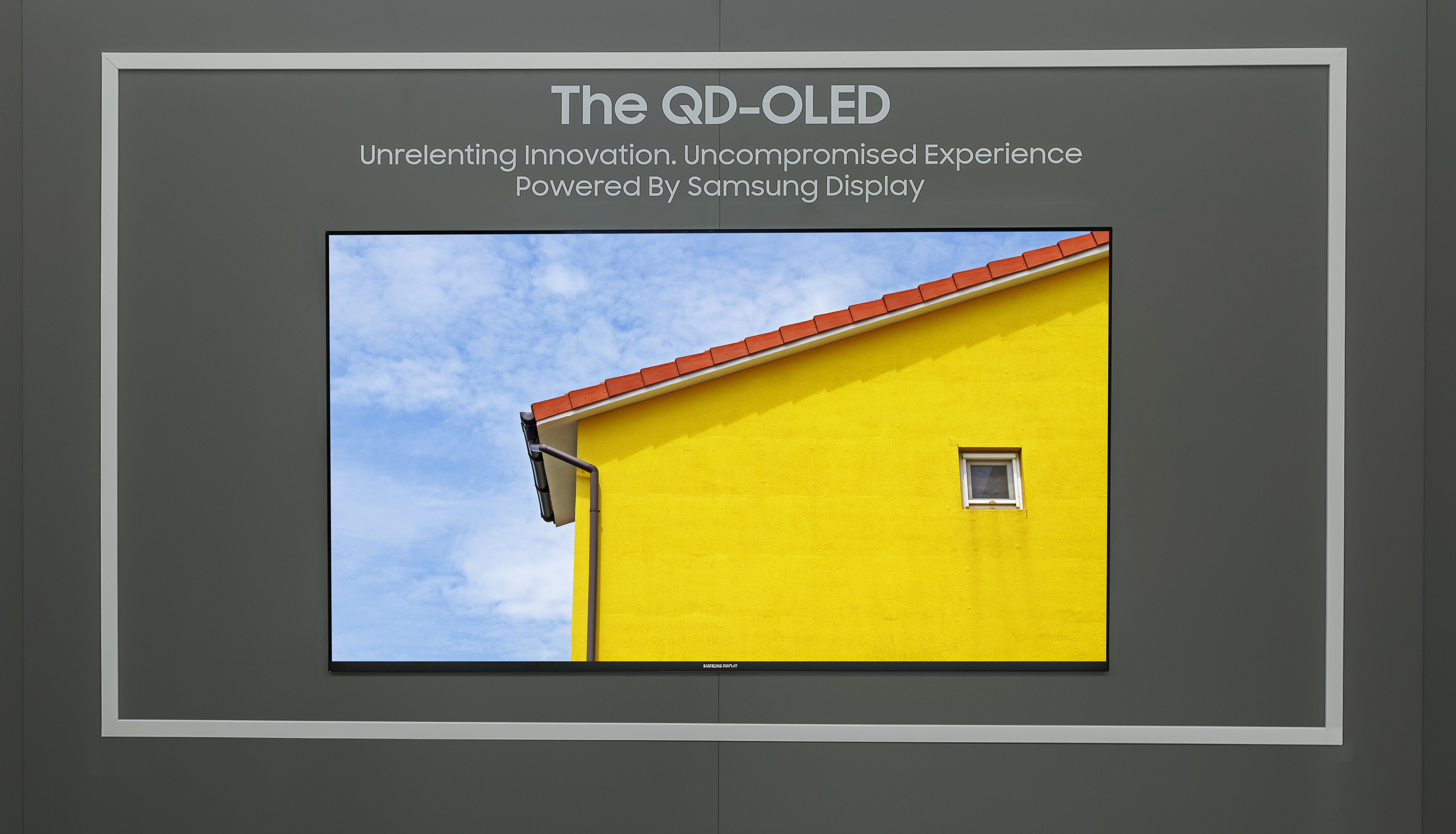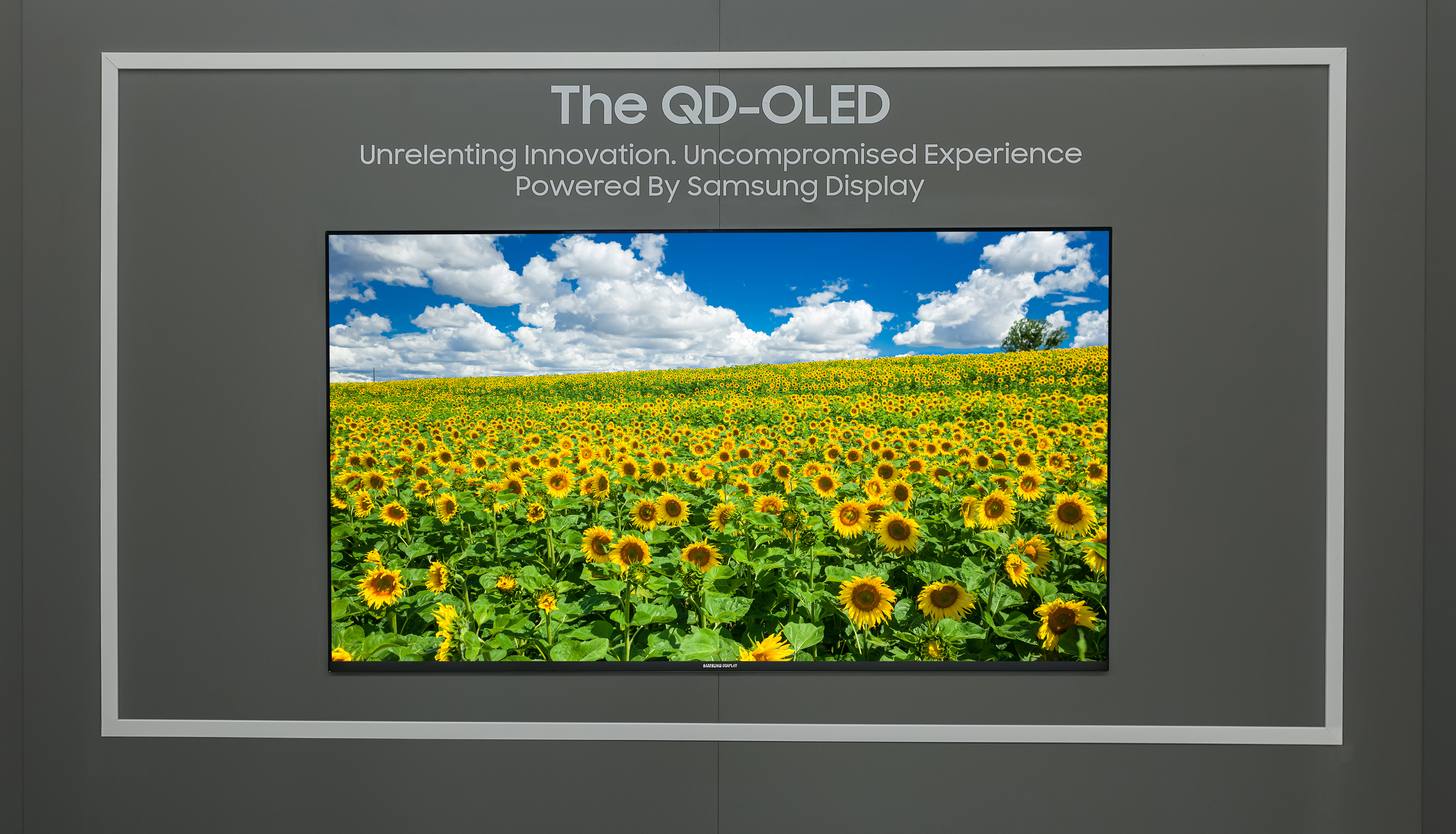XCR measurment method will change the way we create and choose electronics,
and shows how Samsung’s QD-OLED is superior in terms of color reproduction
Samsung Display announced today that its eXperienced Color Range (XCR) measurement method has been officially implemented as an international standard by the Semiconductor Equipment and Materials Institute (SEMI), an institute representing more than 2,500 semiconductor and display companies worldwide and responsible for reviewing and establishing relevant international standards.
XCR is a way of quantifying the perceived brightness of displays based on a color appearance model to convert the measured spectrum of light into perceptual attributes, such as achromatic brightness, colorfulness and hue. In the past, a display’s brightness performance could only be measured simply by ‘luminance,’ which only took into account how many times brighter a display is than the standard unit of brightness, nit, which is equivalent to a single candle illuminating an area.
By also taking into account the color gamut[1], XCR is a more accurate measure of a consumer’s actual experience rather than the brightness measured by a luminance meter.
Even when two screens have the same luminance value, the human eye will still be able to see a clear difference in perceived brightness. This is because human perception of brightness is affected not only by luminance, but also by the type of color and its saturation[2]. XCR reflects how a display with better color reproduction appears much brighter when the luminance value is the same whereas traditional luminance measurement methods do not account of this phenomenon.
In 2022, the Munsell Color Science Lab at the Rochester Institute of Technology in New York conducted a study on the differences in measuring visual perception caused by variances in saturation. They concluded that perceived luminance, taking into account saturation and color type, is a more accurate reflection of how human’s sight system interprets images than traditional brightness tests.
Samsung Display has been emphasizing the need for an XCR measurement standard since 2020 when the QD-OLED business began to grow. Now, with SEMI’s advocacy, XCR is expected to become a key standard of image quality for screen manufacturers and consumers alike. Unlike conventional large displays that use color filters to produce colors, QD-OLEDs produce a wide range of colors by integrating the intense light energy from blue OLEDs with quantum dot elements, which are light-emitting materials that can produce very pure and accurate colors. The 2023 QD-OLED that Samsung Display introduced this year was measured to have the highest XCR of any OLED display that is currently being mass produced.
“The XCR measurement method will change the process of designing, developing and evaluating displays and will also elevate consumer’s criteria for selecting electronic products,” said an Samsung Display representative. “Consumers will be able to choose products with a high XCR based on objective information and experience significantly improved brightness performance in real-world viewing environments.”


▲ The ultra-large 77-inch QD-OLED TV panels
[1] Color gamut: A key specification for display quality that indicates the range of colors that a TV, monitor, camera, etc., can produce among the colors that the human eye can distinguish.
[2] Helmholtz-Kohlrausch (H-K) effect: A perceptual effect in which more saturated colors appear brighter, even if at the same luminance. First recognized by German physicists Hermann Ludwig Ferdinand von Helmholtz and Friedrich W. Georg Kohlrausch.

